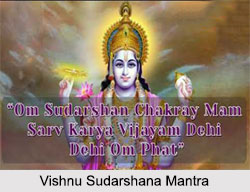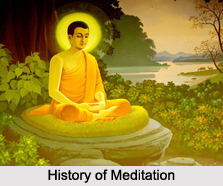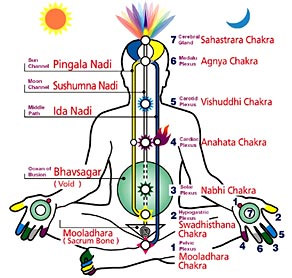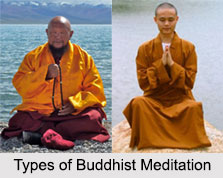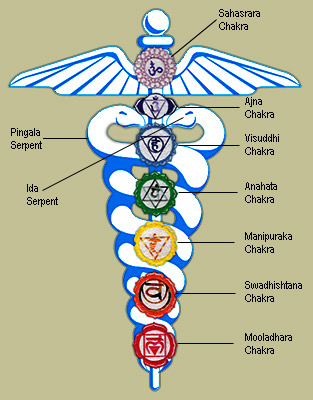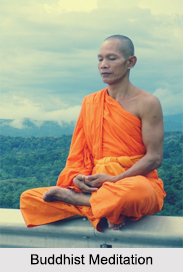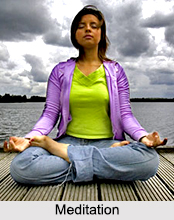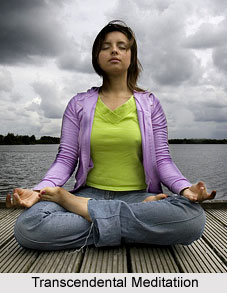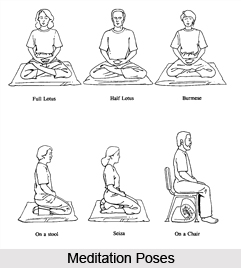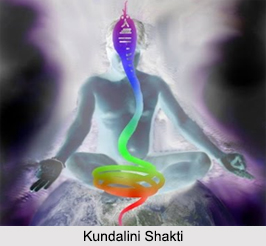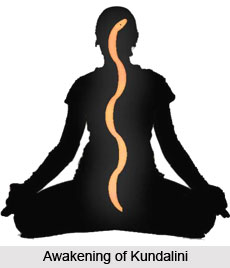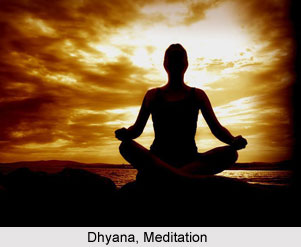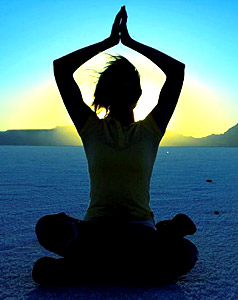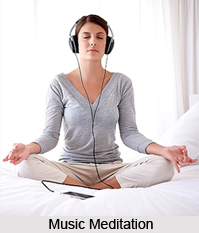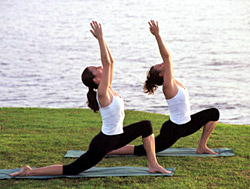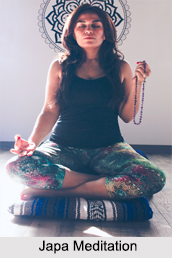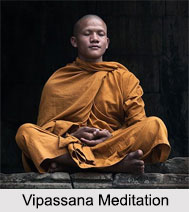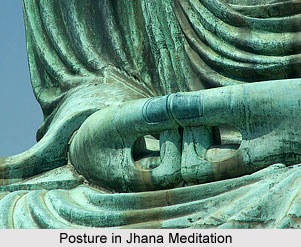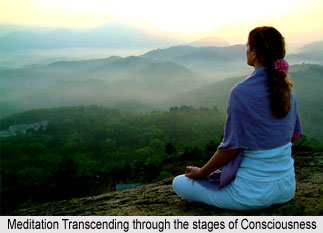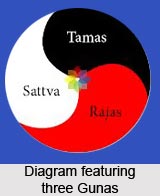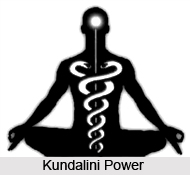 Laya Yoga is an ancient form of meditation, with concentration on energy centres called the chakras (Cakras). Sage Gorakshnatha, an eminent sage and a disciple of Matsyendranath is the modern founder of Laya Yoga Tantrika. There are five main energy centres along the human spine and two in the head. Laya Yoga attempts to locate these energy centres and channelise them through meditation.
Laya Yoga is an ancient form of meditation, with concentration on energy centres called the chakras (Cakras). Sage Gorakshnatha, an eminent sage and a disciple of Matsyendranath is the modern founder of Laya Yoga Tantrika. There are five main energy centres along the human spine and two in the head. Laya Yoga attempts to locate these energy centres and channelise them through meditation.
The term `Laya` essentially means to suspend all karmic patterns or conditioning and amalgamate into the transcendental truth. Laya also means deep concentration and making an effort to demolish the ego, thereby rising to a higher state of consciousness, called `Turiya`.
Laya Yoga involves methods of meditation that cause the energy or Prana to move in particular ways, thus to awaken the Kundalini power, which is the coiled up energy at the base of the spine. Laya Yoga channelises the energy and forces in the Kundalini instead of simply controlling the mind. It is important that the Kundalini is activated through a routine practice of asanas, practice of Pranayama and making a conscious effort to guide this awakened energy in the spine and allowing it to immerse in the crown chakra.
The ultimate objective of Laya Yoga for beginners is to achieve supreme consciousness through Pranayama and breathe control. Pranayama is a method to prevent fluctuations of the mind. The practice of Laya Yoga cleanses and heals the mind and body. It uplifts the consciousness of the yogi. As most people live only on three levels of consciousness, namely the material, egoistic and sensual. Laya Yoga opens us to higher levels of consciousness and it teaches the yogi to locate the different centres of the spine and meditate on them, thereby converting the consciousness.
Laya means to "re-absorb" "fusion" "dissolution" and as an Indian Yoga system, this method re-absorbs all of the energies and forces normally debauched in daily living. The seeker must have profound knowledge of Raja Yoga, Sankhya and Tantra philosophy. It involves the stimulation of Kundalini Shakti, its control and conversion into higher forces and powers. Tejas and Ojas are the higher forces that are produced through these practices and the highest of all emotional-mental delights are created by these techniques. Like all the higher aspects of Yoga, the practice of Laya Yoga must be executed with a competent Guru who has the personal experience of the arousal and the control of such immense Shakti. Laya is the state of mind when one forgets all the objects of senses and absorbs his mind into the object of meditation. Laya enables his seeker to have perfect control over the five Tattvas, mind and Indriyas. The fluctuations of mind will thus stop. The mind, body and Prana remain entirely subdued. For Laya Yoga, Sambhavi Mudra is a helpful method, in which the seeker deliberately concentrates on any one of the Six Body Cakras. Trataka exercise plays a vital part in getting success in Laya. In due course of practice, the yogi gets successfully established in Samadhi. He becomes a Jivanmukta.
Dikshan is the initiation into Laya Yoga. It means that a bond has been established between a human spirit clothed in a body and the Eternal, the Highest and the Holiest Spirit of God, Brahman that remains bodiless. The energy of commencement is a diffusion of power from The Holy Spirit and reconciliation with God in the Holy Spirit. Dikshan helps to concentrate on the Spirit and Truth, as well as genuinely pious and inspired prayer. One can say that initiation is always an introduction in the Holy Spirit undergone for the practice of spiritual dissolution in God.
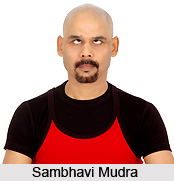 Laya Yoga involves several techniques concentration to move energy in certain ways to awaken the dormant forces that should be used along the evolutionary path. These forces (or the Force) are somewhat magical in their nature and should only be used by an adept for dharmic purposes, healing or helping others along the spiritual path. Other names by which this yoga is known are Kundalini and Tantra. Knowledge about the energy centres known as Chakras are contained in this Laya Yoga. Methods and techniques such as the Laya Yoga Kriyas are used to move energy from the base of the spine to the mind to accomplish higher levels of awareness.
Laya Yoga involves several techniques concentration to move energy in certain ways to awaken the dormant forces that should be used along the evolutionary path. These forces (or the Force) are somewhat magical in their nature and should only be used by an adept for dharmic purposes, healing or helping others along the spiritual path. Other names by which this yoga is known are Kundalini and Tantra. Knowledge about the energy centres known as Chakras are contained in this Laya Yoga. Methods and techniques such as the Laya Yoga Kriyas are used to move energy from the base of the spine to the mind to accomplish higher levels of awareness.
Laya Yoga is a method where the subject uses certain inner subtle sounds in order to connect with superior energetic vibrations and higher states of consciousness. During the practice of Laya Yoga, the oxygen consumption and the metabolism eventually decreases thus showing a state of deep rest. During the practice of Laya Yoga, the breathing rhythm decreases significantly, showing a state of deep relaxation and rest of the nervous system. During Laya Yoga the heart actions also decreases, since the heart muscle is safely resting. A strong concentration of lactic acid in the blood is usually associated with tiredness, high levels of stress, nervous breakdown, spiritual tension and hypertension.
During the Laya Yoga, the concentration of the lactic acid is decreasing rapidly. While Laya Yoga is practiced, the cerebral moves with a frequency of 8-9 cycles per second and is transmitted towards the frontal region of the brain, with the sporadic occurrence of synchronous waves with a frequency of 5-7 cycles per second. These cerebral waves show an exceptional physiological state that is totally different from the state of wakefulness and sleep. It is usually a state of hyper vigilance simultaneous with a deep rest.
Laya Yoga is often called the Kundalini Yoga, because the raising of Kundalini energy to unite her with the absolute consciousness is the main objective, which is reached through deep meditation or the dhyana. Laya Yoga includes the practice of postures (asanas) and breath control (pranayama) to rejuvenate the subtle channels (nadis), eliminating obstacles to samadhi or non-duality. Through the repetition of a mantra or seed sound, a higher state of deep concentration (dharana) can be reached at which the divine form innate in the mantra becomes apparent. Part of Laya Yoga that deals with the sounds of the inner world is known as the Nada Yoga.
Laya-Yoga is at the heart of Tantra-Yoga and focuses on meditative "absorption" or "dissolution" (laya) of the subtle elements and other factors of the psyche or mind to the point of blissful realisation (samadhi) and, finally liberation. The goal of a Laya yogi is to progressively take apart their inner universe by way of intense contemplation, until only the outstanding transcendental Reality, the Self, remains. Thus, Laya-Yoga can be deduced as a frontal attack on the illusion of individuality.
